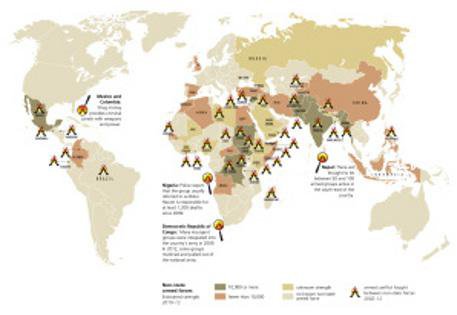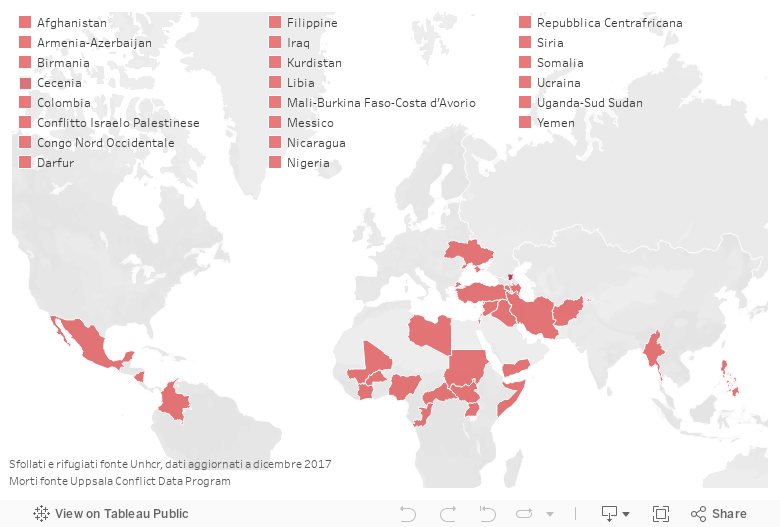


And they can plunge a country emerging from war back into the depths of conflict”, reminded the senior UN official. “Terrorist and violent extremist groups aggravate instability and human suffering. ( Global Initiative, Protection Cluster, World Bank accessed, OCHA )The skyline beyond the northern suburbs of Mogadishu is seen through a bullet hole in the window of a hotel in Somalia.Īnd over the last two years, some of the most violent affiliates of Da’esh have expanded, increasing their presence in Mali, Burkina Faso and Niger as well as southward into the Gulf of Guinea. The needs of the affected population include food, WASH, shelter, health, relief NFIs, the restoration of power and communications, early recovery, livelihoods, and education. In October 2022, Typhoon Nalgae (locally known as Paeng) hit Philippines, affecting more than six million people. Social cohesion is a significant factor in local resiliency, as the displaced often stay with relatives and friends. National authorities, with the support of international partners, largely lead preparedness and response efforts to reoccurring natural disasters and conflict-related displacement. Typhoons, earthquakes, and volcanic eruptions often result in high displacement rates. The Philippines is also among the most disaster-prone countries in the world. As at early February 2023, there were over 121,000 people displaced in the region because of armed conflict, clan feuds, and crime. Protracted armed conflict in the Mindanao group of islands (in southern Philippines) since the 1960s has resulted in a crisis that requires political, humanitarian, and long-term response. People living in poverty are particularly vulnerable to these impacts. The main impacts of these crises are displacement and the disruption of services and livelihoods. A long-standing conflict in the south and various recurrent natural disasters drive the humanitarian situation in the Philippines.


 0 kommentar(er)
0 kommentar(er)
